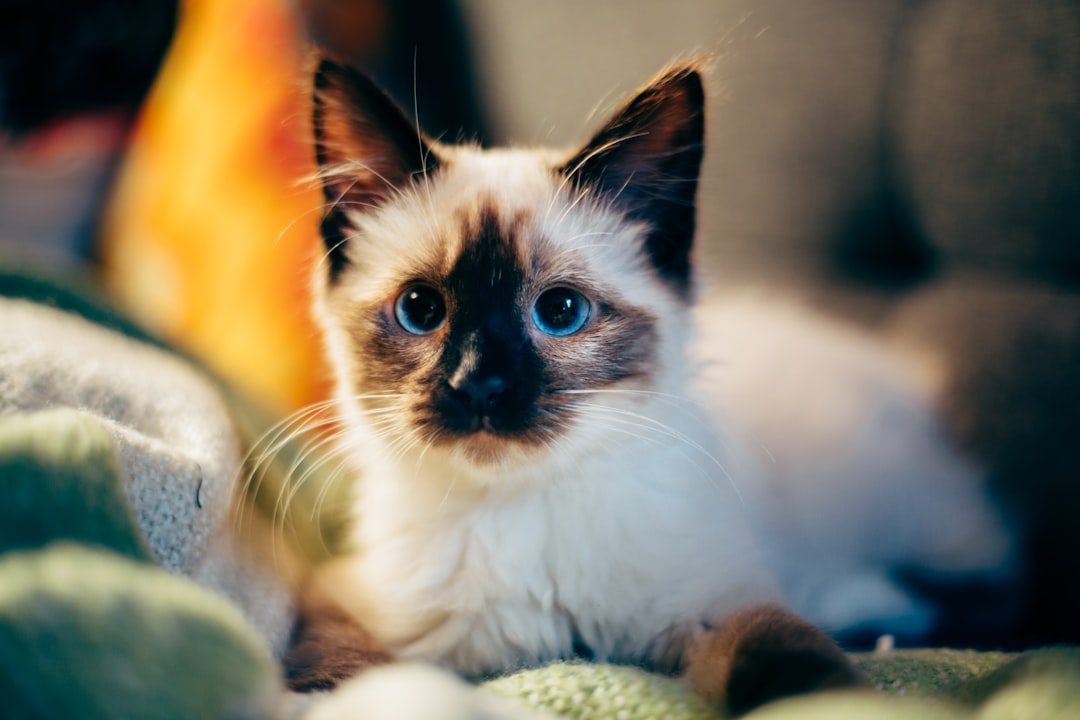Creating a pet-friendly garden is not only beneficial for your furry friends, but it can also enhance the overall look and feel of your outdoor space. With a few simple adjustments and additions, you can transform your garden into a safe and enjoyable space for your pets to roam and play. In this blog post, we will discuss some tips on how to create a pet-friendly garden that both you and your pets will love.
1. Choose pet-friendly plants
When creating a pet-friendly garden, it is important to carefully select the plants and flowers that you will be incorporating into your outdoor space. Some plants can be toxic to pets if ingested, so it is crucial to do your research and choose pet-safe options. Some pet-friendly plants include sunflowers, petunias, marigolds, and roses. Additionally, you can plant herbs like mint, basil, and parsley, which not only add beauty to your garden but can also be used in your cooking.
2. Create designated play areas
If you have a larger garden, consider creating designated play areas for your pets. This can include a fenced-in area where your pets can run and play safely, or a designated digging spot where they can satisfy their natural instincts. Adding toys and obstacles like tunnels and agility equipment can also provide enrichment and exercise for your pets. By creating specific areas for play, you can help protect your garden beds and plants from being trampled or destroyed.
3. Install a water feature
Pets, especially dogs, love water. Installing a small pond, fountain, or birdbath in your garden can provide entertainment and hydration for your pets. Just make sure to supervise your pets around the water feature to ensure their safety. You can also incorporate shallow areas where your pets can safely splash and cool off on hot days. Adding water plants like water lilies or water hyacinth can also help to create a serene and inviting atmosphere in your garden.
4. Create shaded areas
Pets, like humans, need to have access to shade to protect them from the sun’s harsh rays. Creating shaded areas in your garden can provide a cool and comfortable retreat for your pets to relax and rest. You can do this by adding trees, shrubs, or umbrellas to provide shade throughout your garden. Additionally, you can create a dedicated pet shelter or outdoor kennel where your pets can seek refuge from the sun and weather.
5. Use pet-safe fencing
If you have pets that love to roam and explore, it is essential to have proper fencing in your garden to keep them contained and safe. Ensure that your fencing is sturdy and secure to prevent your pets from escaping or encountering dangerous situations. Avoid using materials like chain-link or chicken wire, which can be harmful to pets if they try to climb or chew on them. Instead, opt for pet-safe fencing options like vinyl, wood, or aluminum.
6. Avoid toxic chemicals
When maintaining your garden, it is important to avoid using toxic chemicals like pesticides, herbicides, and fertilizers that can be harmful to your pets. Instead, opt for natural and pet-safe alternatives to keep your garden healthy and pest-free. You can use organic fertilizers, natural pest control methods like companion planting or beneficial insects, and non-toxic weed control options like hand weeding or mulching. By choosing pet-safe products, you can protect your pets from exposure to harmful chemicals and create a safer environment for them to enjoy.
7. Provide comfortable resting areas
Pets love to relax and lounge in the garden, so it is essential to provide comfortable resting areas where they can curl up and enjoy the outdoors. You can add pet-friendly furniture like outdoor beds, pillows, or hammocks for your pets to lounge on. Additionally, you can create cozy nooks or hideaways where your pets can retreat and feel safe. By providing comfortable resting areas, you can encourage your pets to spend more time outside and enjoy the beauty of your garden.
8. Keep an eye on potential hazards
Lastly, it is crucial to regularly inspect your garden for potential hazards that could harm your pets. This includes checking for toxic plants, sharp objects, or small spaces where your pets could get stuck or injured. Keep an eye out for holes in fences, toxic foods like chocolate or onions, or other potential dangers in your garden. By staying vigilant and addressing any hazards promptly, you can create a safe and pet-friendly environment for your furry friends to enjoy.
In conclusion, creating a pet-friendly garden is a rewarding project that can benefit both you and your pets. By incorporating pet-friendly plants, creating designated play areas, installing a water feature, providing shaded areas, using pet-safe fencing, avoiding toxic chemicals, providing comfortable resting areas, and keeping an eye on potential hazards, you can create a safe and enjoyable outdoor space for your pets to explore and enjoy. With a little planning and effort, you can transform your garden into a pet-friendly paradise that both you and your furry friends will love.









